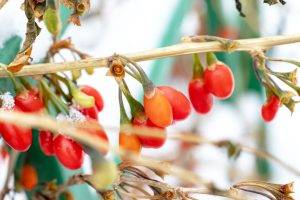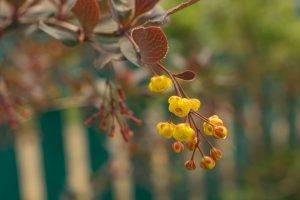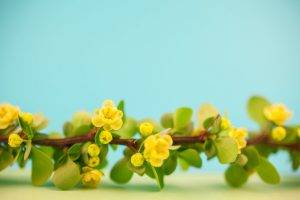
salt cabor – Berberis vulgaris
Description of salt cabor:
Berberis vulgaris L. vulgaris vulgaris vulgaris vulgaris (Old or other familiar names: veresegres, maidenhair, saltbush, saltbush, saltbush, saltbush) Berberidaceae A shrub growing to a height of one to two metres. Its branches are thorny and simple with a triad towards the top. The leaves are recurved-ovate, sharply and pillingly serrate. Flowers grow in drooping clusters. Each of the six petals of the flower has an orange gland. The fruit is a red berry.
Occurrence:
Europe and western Asia, both in gardens and in the wild. It grows in the lower mountains, forest edges, hilly slopes and stony pastures of our country.
Cultivation:
It can be propagated by sowing seeds in autumn or spring.
Part to be harvested:
Leaves, bark, roots and red berries are collected.
Active substances:
Berberine, malic acid and sugar.
Harvesting and drying:
The root is collected in early spring or late autumn. Drying can be done in the sun or in an artificial dryer, possibly in an attic. The bark should be collected between February and March. The young branches should be cut into pieces of about 10-15 cm, the bark peeled off and dried in the sun. The leaves should be collected just before and during flowering and dried in a ventilated attic. The berries are picked when ripe, without stalk. Drying can be done in the attic and by spreading the berries in a layer 1 to 2 fingers thick, during which time they will dry in 6 to 8 days. It can also be dried in an oven or exposed to the sun.
 Processing and marketing:
Processing and marketing:
In medicine it is used to make syrup and succus berberis, and as a dyeing plant to make yellow, green and red dyes. Source: Dr. Ferenc Darvas and Dr. Gyula Magyary-Kossa,Domestic herbs, their production, marketing, effects and medicinal uses
